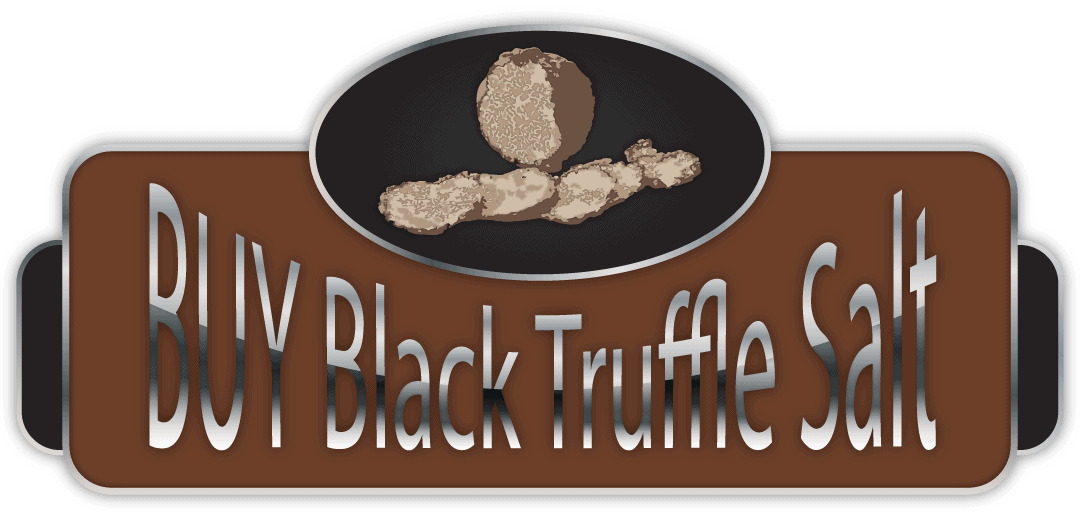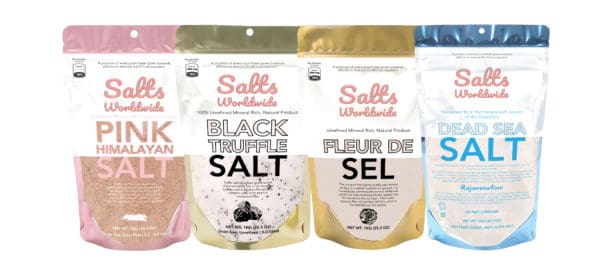Most sea salt that you find in supermarkets or health food stores are table salt. Table salt is generally not processed, which is why it is often less expensive than kosher sea salt. However, sea salt is processed differently so that it can have a number of health benefits.

What it’s not: Unlike table salt, sea salt doesn’t undergo any additional processing to make it safer for human consumption. Therefore, the minerals found in sea salts won’t change the way that they react in our bodies. Therefore, there is no reason to buy sea salt that has been processed to remove certain minerals. In fact, some people believe that sea salts do not help keep salt away from the table.
How it tastes: The texture and flavor of sea salt vary from one type to another. Most sea salts consist of mainly magnesium and calcium ions. Most table salt does not contain these minerals. In fact, seawater contains large amounts of calcium and magnesium that are needed for the human body. When salt dissolves in seawater, it takes with it these minerals. Sea salts therefore have no negative effects on our health when consumed in its natural state.
The benefits: Unlike regular table salt, sea salt has the ability to absorb trace minerals in your system. If taken in high enough doses, these trace minerals can improve your overall health. However, taking in too much sea salt can be harmful as well, especially because it contains large amounts of calcium and magnesium. It is important to watch the amount of sodium and potassium that you consume as well. Too much of these trace minerals can also have the same effect as too much of the calcium and magnesium and can cause a variety of unpleasant side effects.
The texture: Unlike regular table salt, sea salt does not have a smooth or velvety texture. Instead, it has a coarse grain that is somewhat coarse. This coarse grain can be unsavory, but many sea salt mines use the leftover material from other mineral harvesting efforts to process the salt into a smoother product. Some salt mines also process the salt into a fine crystal structure called crystals. The crystals vary in size and some can be quite large.
There are two types of salt crystals that can be found in sea water. Low-sized salt crystals are known as marine sand and are generally found near the shoreline. They lack magnesium and calcium, but tend to be heavier than other crystals. High-sized salt crystals are known as marine brine and they contain lots of calcium and magnesium. These crystals can weigh several pounds.
The flavoring: Salt offers a wide array of flavor, depending on its mineral content and the way it was processed. Most sea salt contains trace amounts of essential fatty acids, which are a good thing because they contribute to good health. However, sea salt with no trace amounts of these essential fatty acids can still produce an unpleasant flavor. For this reason, some people prefer the flavor of refined salt. Refined salt is also less expensive than organic sea salt.
So, sea salt may not be exactly what you’re looking for, but it’s worth a try. It may even be able to make your food taste better! If you add it to your diet for a short time, you might not even notice the sea salt even though you’ll probably notice the refined salt.
When shopping for table salt, look for kosher salt. Kosher salt is a better match for foods that require iodine, such as fish. In addition, kosher salt contains more minerals and trace amounts of the essential vitamins and minerals that our bodies need. Look for kosher table salt in both sea salt and regular table salt. Some manufacturers use only trace amounts of iodine and advertise their products as “iodized,” even though their regular table salt does not contain any iodine.
There are several other things to look for. The texture should be similar to rock salt. It should not be grainy or sandy. The color should be similar to rock salt, which means that small grains will have a lot more flavor and be much easier to chew. Also, the grain size should be small. If it is too large, it will clump and cause a salty taste and smell.
The different types of sea salts on the market come in many colors and flavors. The more common salts are less processed and have smaller granules. However, these smaller granules have a great deal more flavor. For example, dolomitic salts have a very light gray color, making them ideal for use in baking and cooking. They can also be used to season baked foods, such as pizza and chicken dishes.


Recent Comments